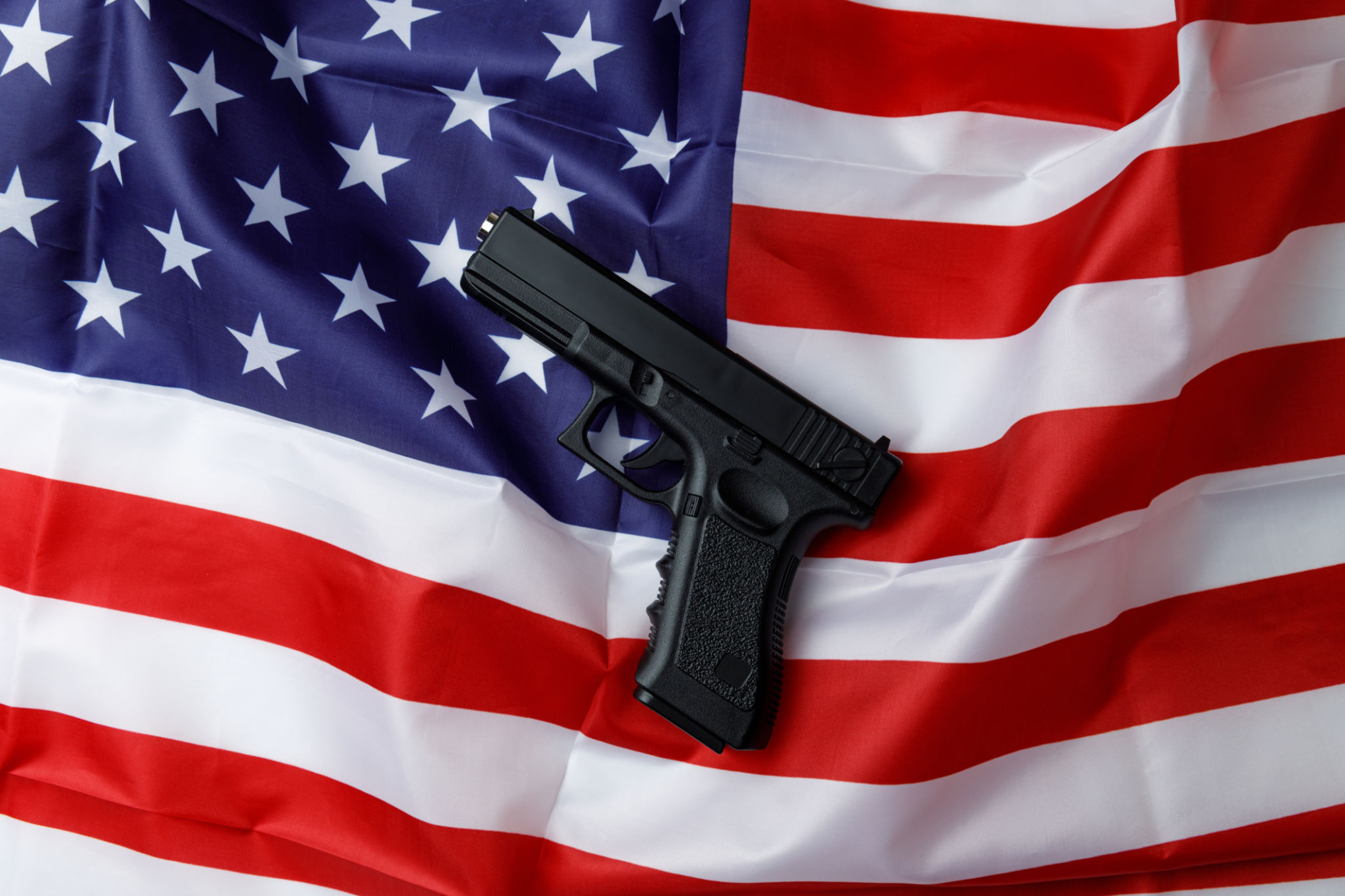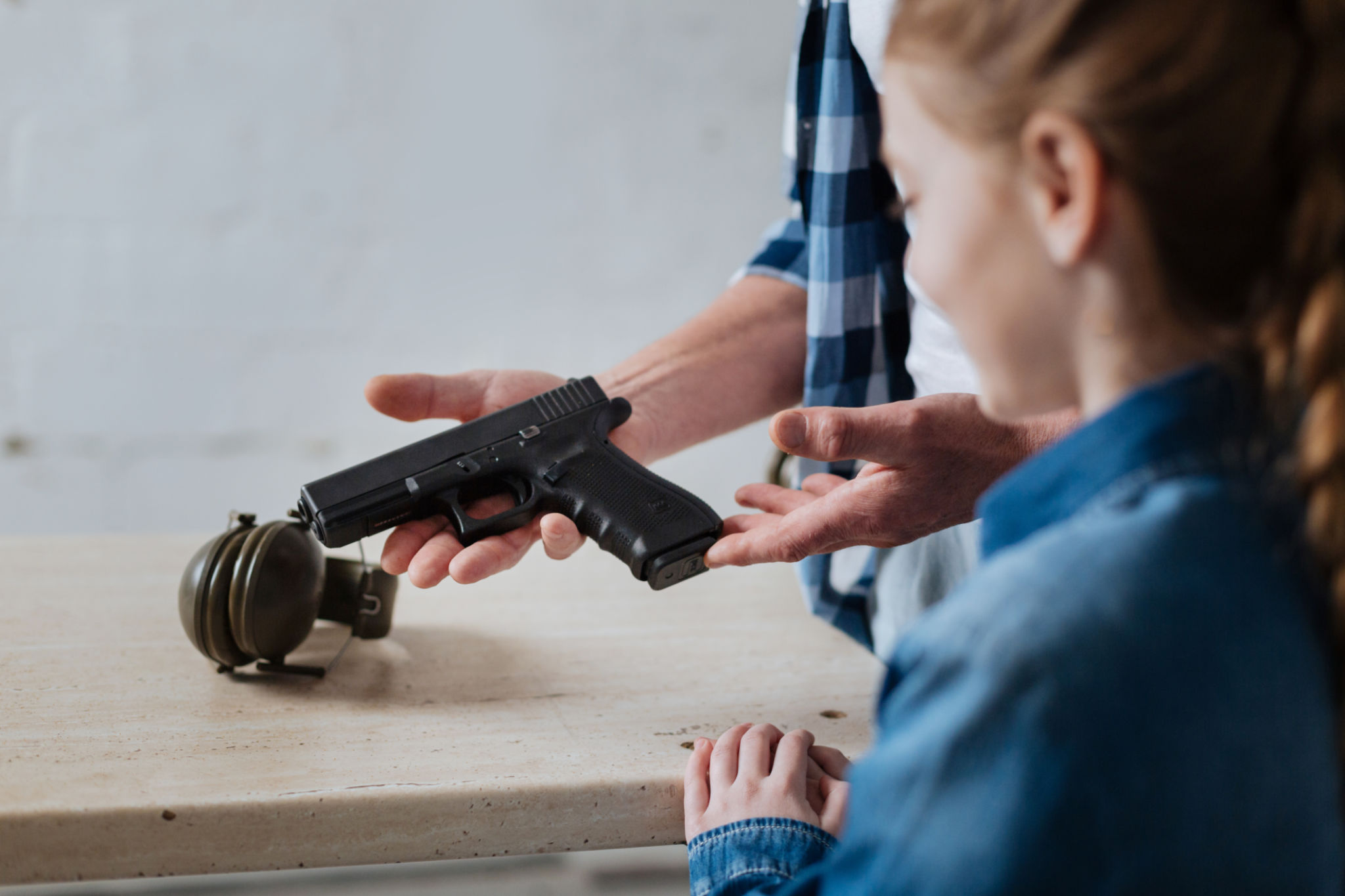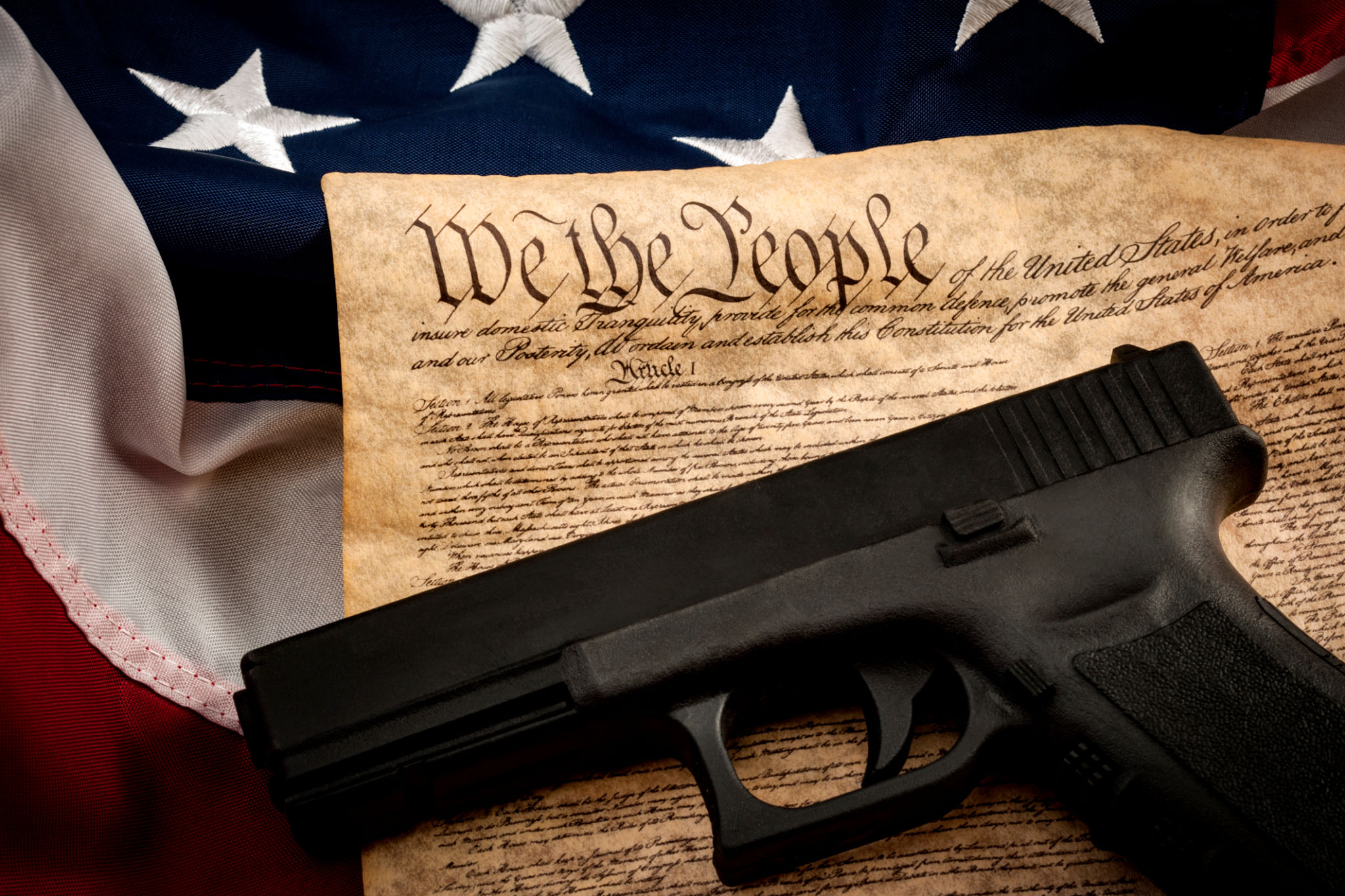Debunking Myths About Firearms: What You Need to Know
Understanding Firearm Ownership
Firearms are often a topic of heated debate and numerous misconceptions. One of the most common myths is that owning a firearm automatically makes an individual more dangerous. However, studies show that responsible gun ownership, when combined with adequate training and education, can significantly mitigate risks associated with firearms.

Myth: Guns Are Always Loaded
A prevalent myth is that all guns are always loaded. This misconception stems from the safety rule taught to always treat a gun as if it is loaded, which is intended to promote safe handling practices. In reality, guns are not inherently dangerous when unloaded and handled responsibly.
The Importance of Safety Training
Proper safety training is crucial for all firearm owners. Training programs emphasize understanding the mechanics of firearms, how to safely load and unload them, and the importance of regular maintenance. Safety courses also cover knowing how to securely store firearms to prevent unauthorized access.

Myth: Gun Control Means Taking Away All Guns
Another widespread myth is that gun control laws aim to confiscate all firearms from citizens. This is not accurate. Gun control primarily focuses on regulating the sale and distribution of firearms, ensuring that only responsible individuals have access to them. These laws often include background checks and restrictions on certain types of firearms.
Balancing Rights and Safety
Effective gun control policies strive to balance individual rights with public safety. They aim to prevent firearms from falling into the wrong hands while respecting the rights of law-abiding citizens. This requires a nuanced approach that takes into account varying perspectives and priorities.

Myth: Firearms Are Ineffective for Self-Defense
Some argue that firearms are not effective tools for self-defense, suggesting alternative methods such as alarms or pepper spray. While these tools can be beneficial, firearms can offer a significant level of protection when used properly by trained individuals.
Real-Life Self-Defense Scenarios
There are numerous documented cases where the presence of a firearm has deterred crime or protected individuals from harm. Understanding when and how to use a firearm in self-defense situations is a critical aspect of responsible gun ownership. Training and situational awareness play key roles in these scenarios.

Conclusion: Dispelling Myths for Informed Decisions
In conclusion, debunking myths about firearms is essential for fostering informed discussions and decisions. By separating fact from fiction, individuals can better understand the responsibilities that come with firearm ownership and the impact of relevant laws and policies. Education and open dialogue are key in moving forward.
